I would like to introduce to you new, very easy and efficient file set MG3 from PerfectEndo. This is my first video of the shaping protocol to be followed and I […]
 Introducing the MG3 set
Introducing the MG3 set
I would like to introduce to you new, very easy and efficient file set MG3 from PerfectEndo. This is my first video of the shaping protocol to be followed and I […]
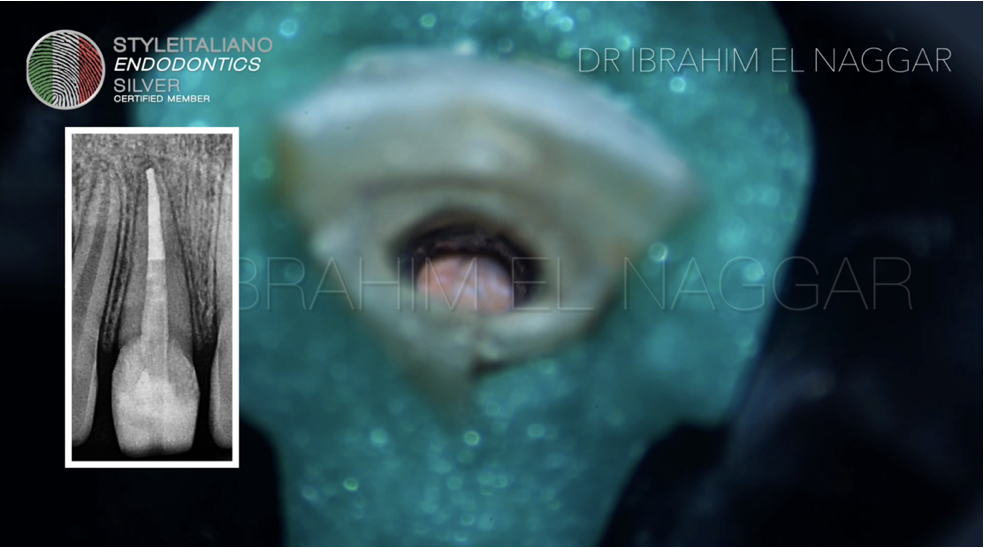 Retreatment Series: Episode 2
Retreatment Series: Episode 2
Root canal retreatment seems to be one of the biggest challenges in the Endodontic therapy, in the retreatment episodes we will review different scenarios with different cases. In Endodontics we […]
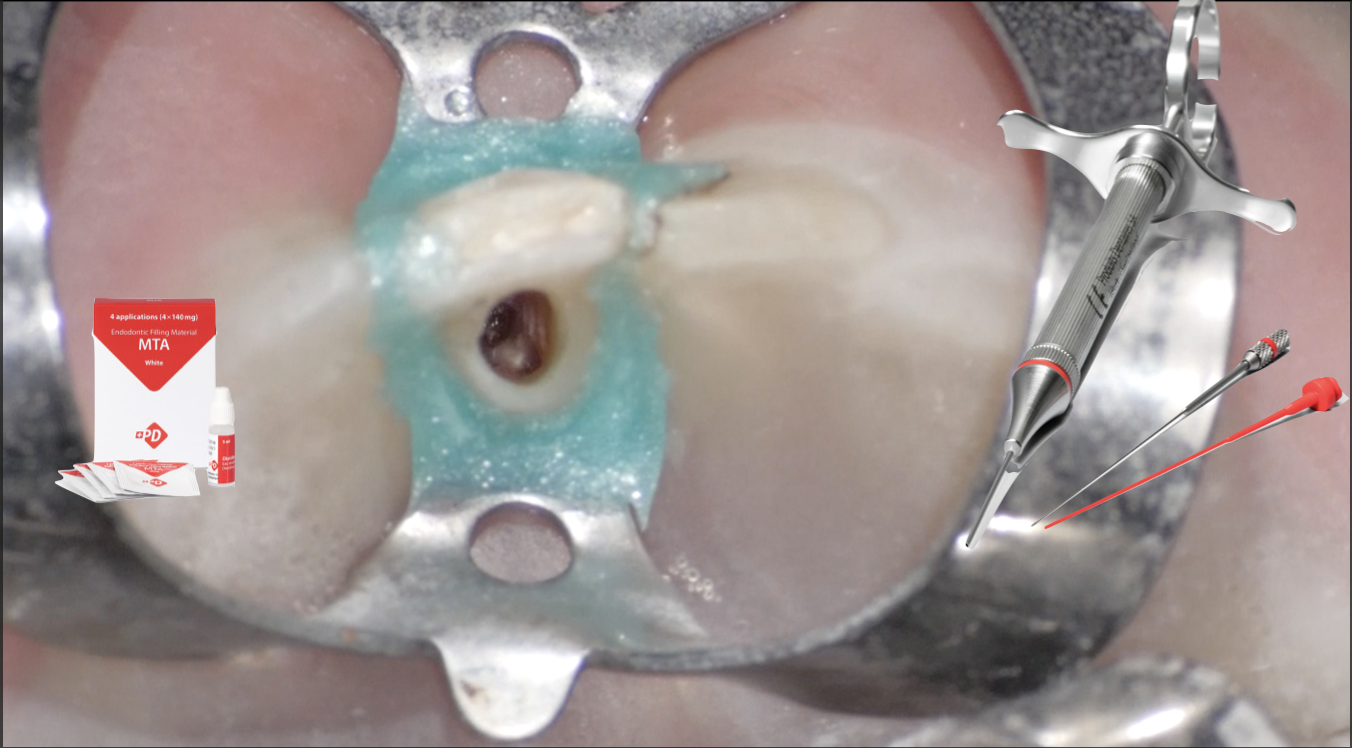 The management of a buccal perforation in a lower incisor
The management of a buccal perforation in a lower incisor
Root perforations are characterized by a communication between the root canal system and the external tooth surface. They are caused by a pathological process or an operative procedural accident. When iatrogenic, they can occur during […]
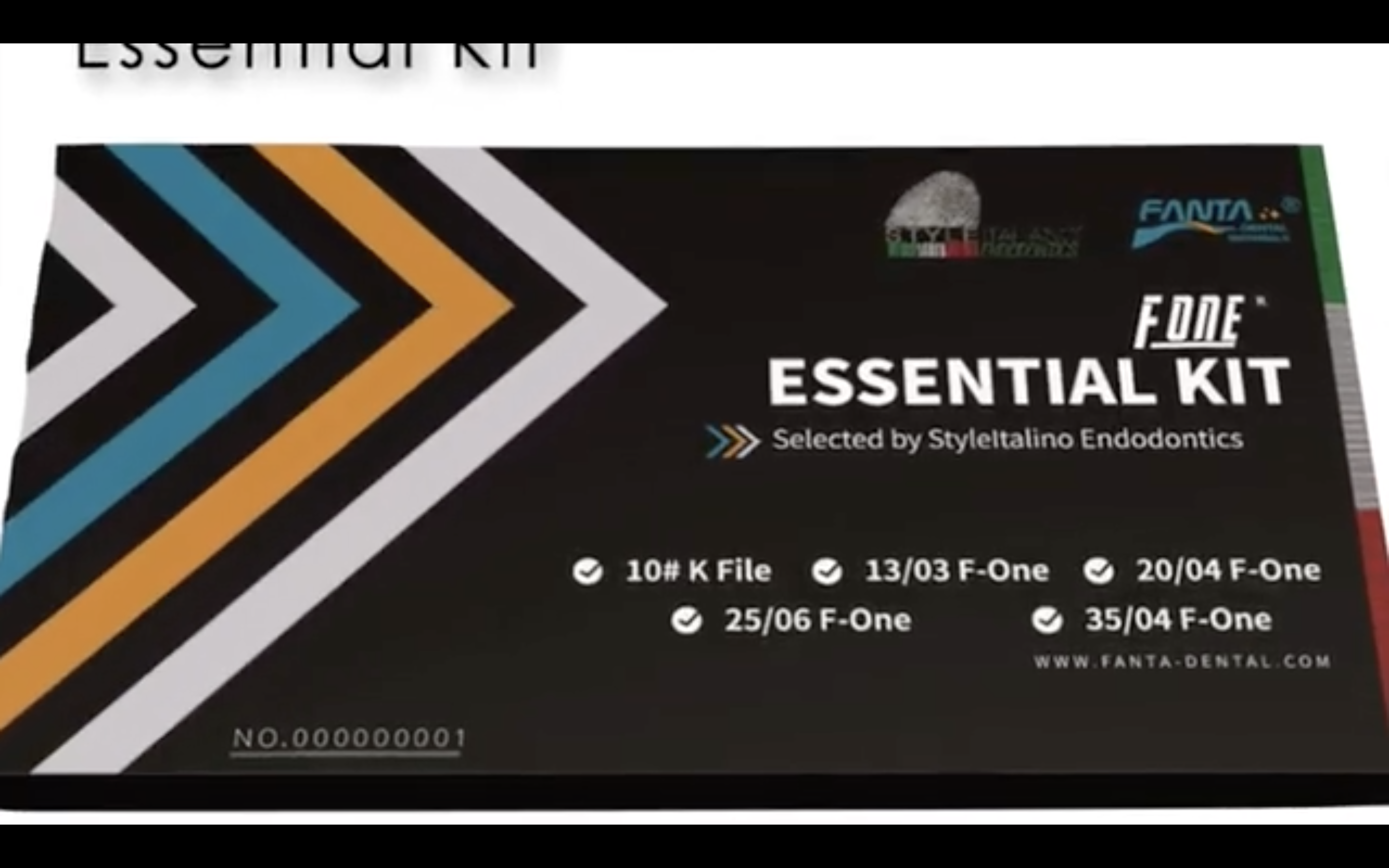 Fanta F-One Essential Kit in action
Fanta F-One Essential Kit in action
Here is a demonstration of how Fanta F-One essential kit should be used.
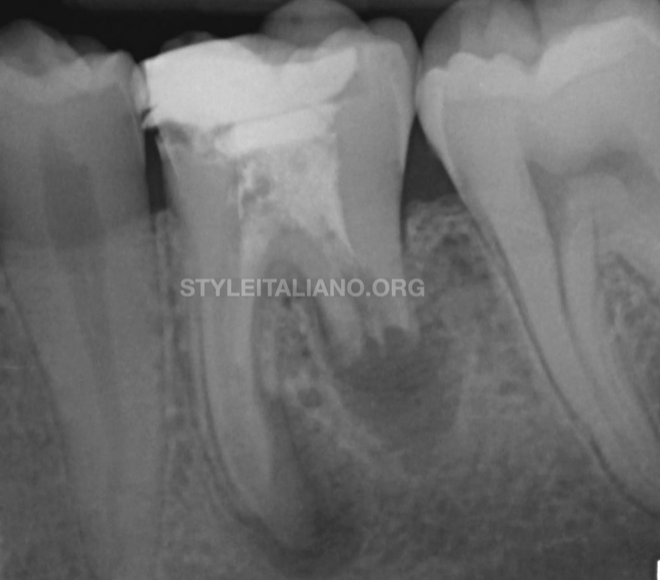 The management of two mandibular molars with apical inflammatory root resorption
The management of two mandibular molars with apical inflammatory root resorption
Apical pathology can appear as a straightforward diagnosis, however the tools available for assessment come across different limitations. Histology has highlighted various aspects that can not be yet coherently linked […]
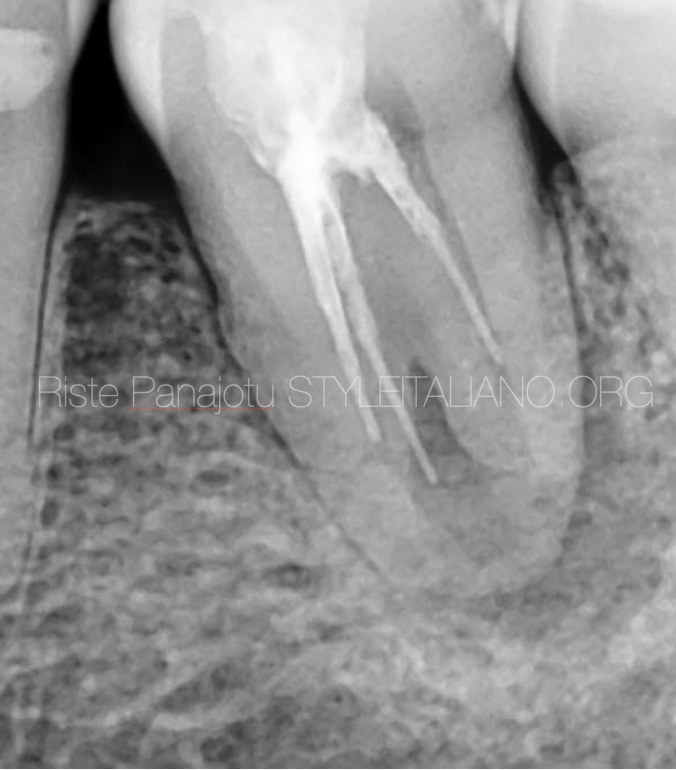 Non surgical retreatment of a mandibular first molar with C-shaped canal system
Non surgical retreatment of a mandibular first molar with C-shaped canal system
The C-shaped canal, which was first documented in endodontic literature by Cooke and Cox in 1979, is so named for the cross-sectional morphology of the root and root canal. C shaped canals are mostly […]
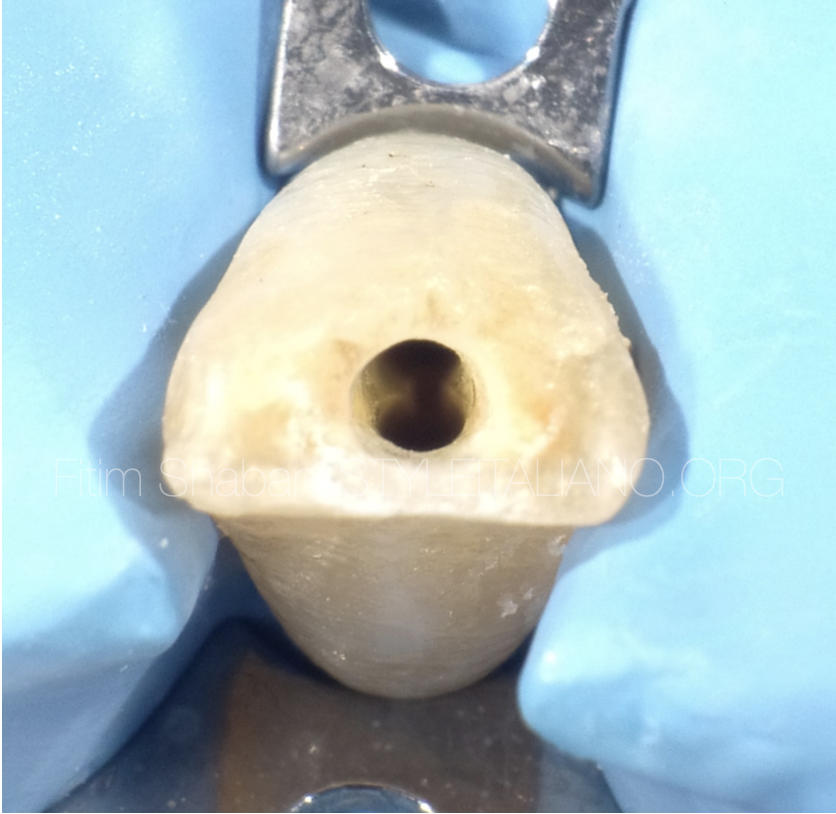 Root canal treatment and direct restoration
Root canal treatment and direct restoration
Tooth restoration after an endodontic treatment is a very important part of the endodontic treatment because the prognosis of treatment as a whole depends on it. Many endodontic failures come […]
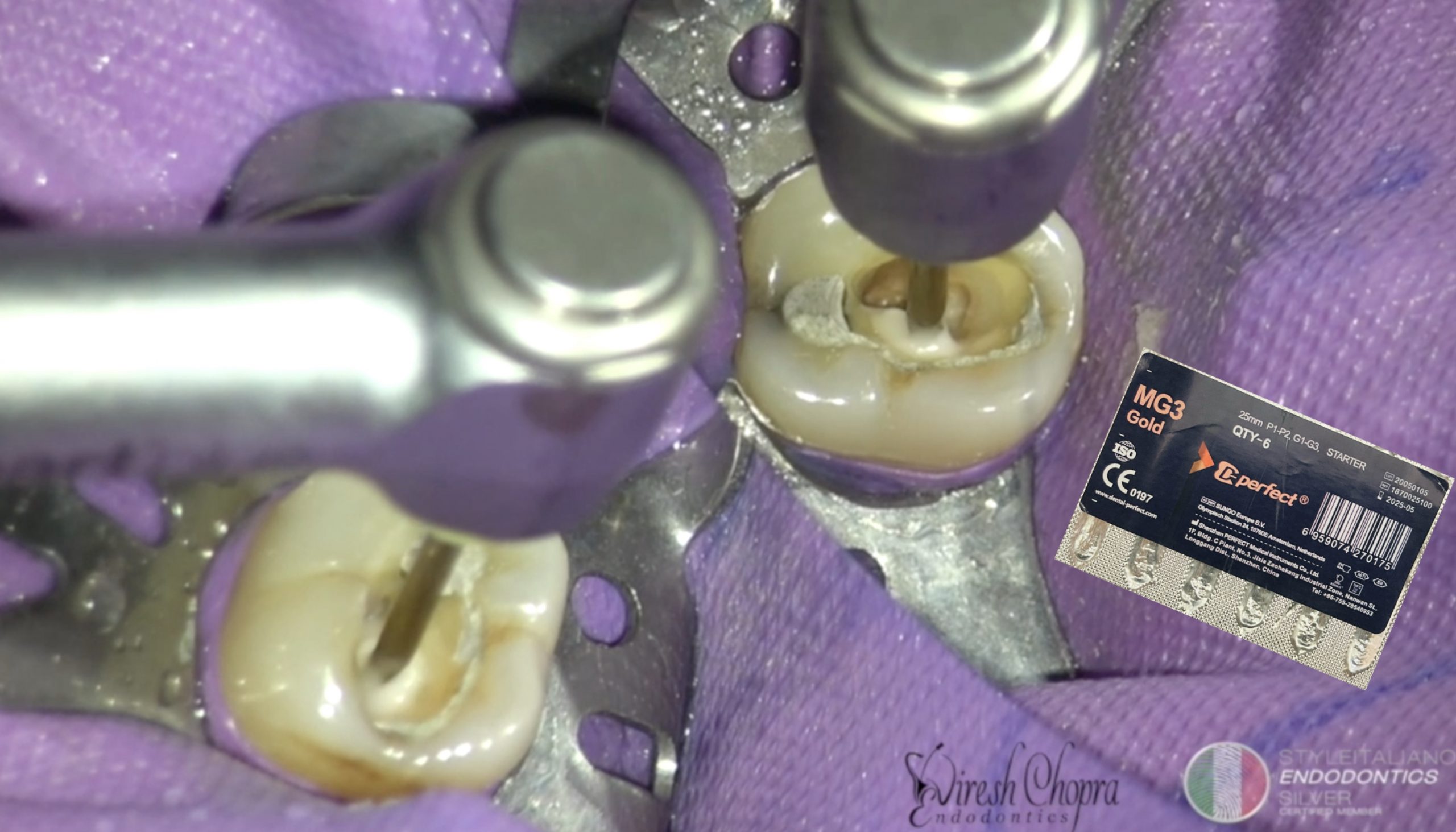 Endodontic Treatment of a Mandibular Second molar
Endodontic Treatment of a Mandibular Second molar
Root canal system is a complex entity in itself. Success treatment of the root canal system depends upon the triad of thorough cleaning and shaping, disinfection & obturation up-to the […]
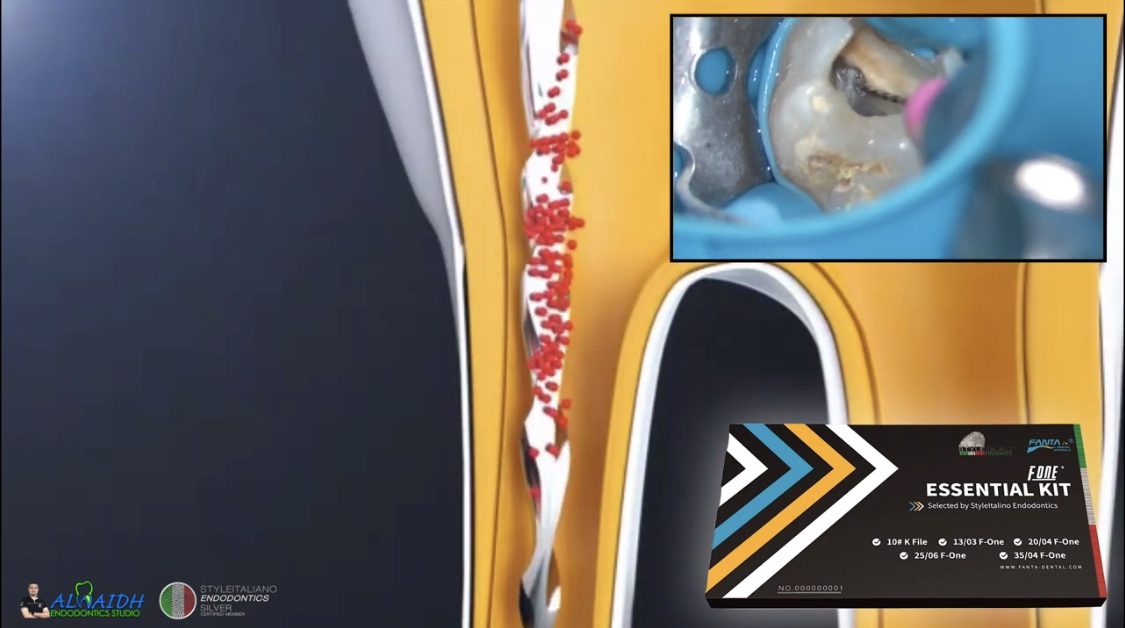 Mechanical bypass of separated instruments
Mechanical bypass of separated instruments
Check this case to see how it is possible to bypass separated instruments using FANTA Glider ST in reciprocating motion.
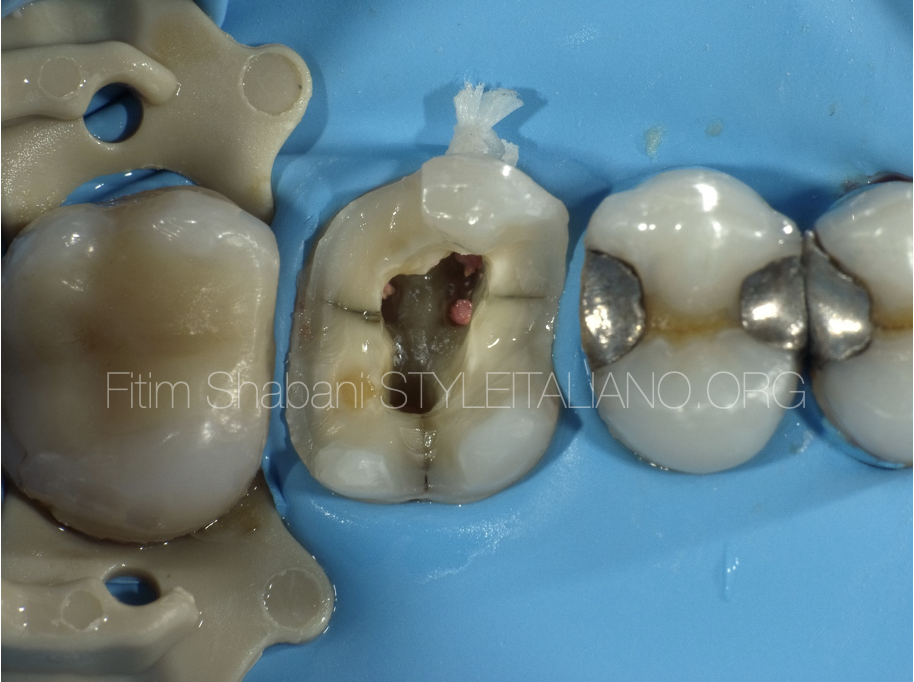 Treatment of a cracked tooth
Treatment of a cracked tooth
One of the most undesirable situations for us dentists is the diagnosis of cracked teeth, as well as their treatment. This happens because diagnosing tooth micro-fractures, which are usually invisible […]
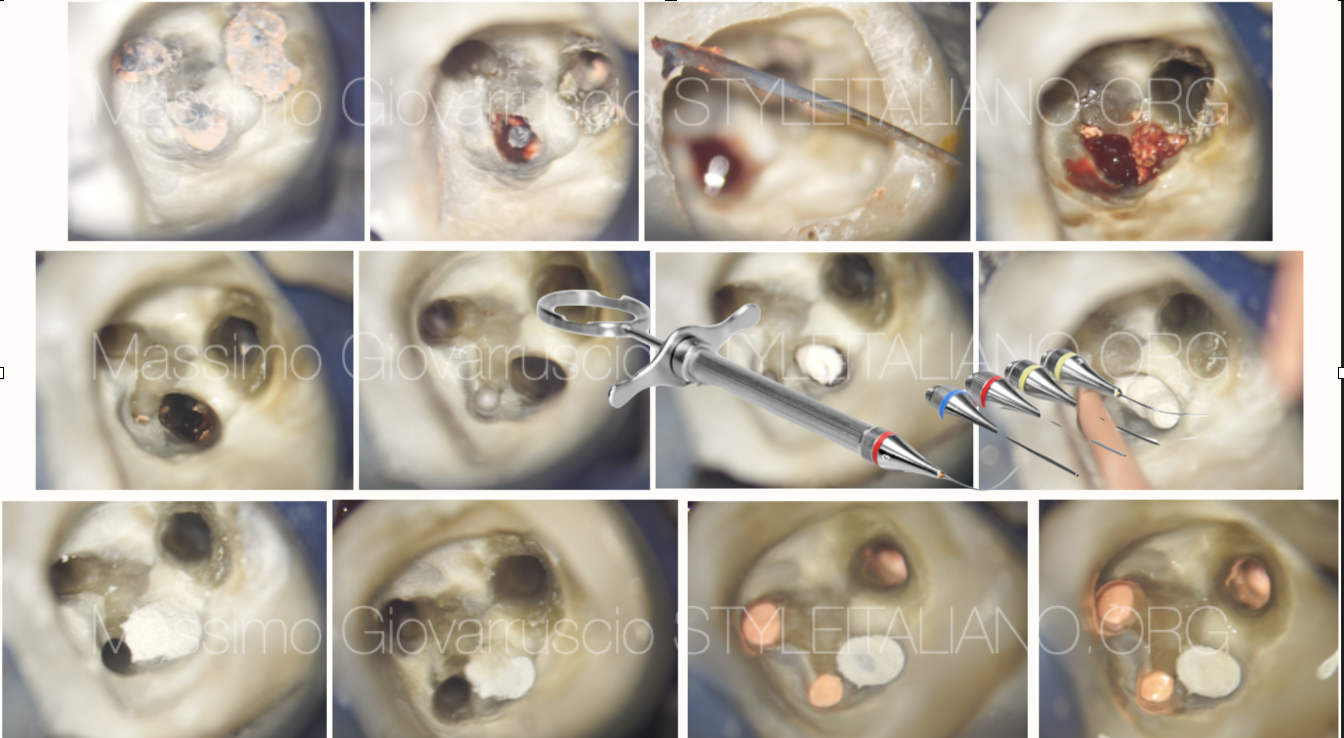 Lower second molar: carrier based obturation...through the furcation
Lower second molar: carrier based obturation...through the furcation
Perforations are defined as artificial communications between the root canal space and the surrounding tissues. Endodontic perforations represent an interruption of the continuum between the endodontic space and the periradicular […]
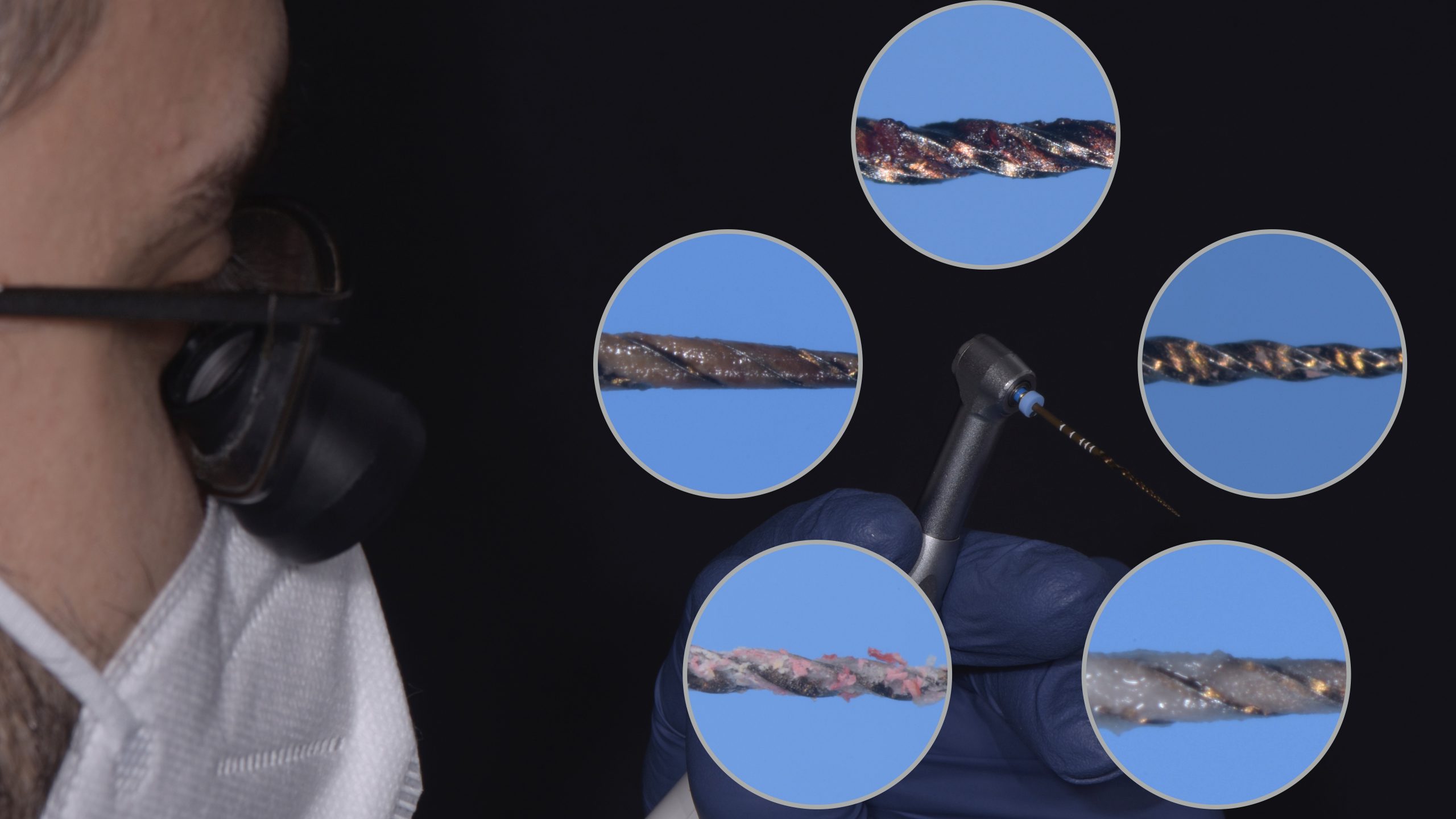 How to evaluate the debris on flutes
How to evaluate the debris on flutes
The primary objective of the entire root canal treatment procedure is to eliminate microorganisms and pathogenic debris from the root canal system and to prevent its reinfection: mechanical instrumentation accompanied by […]